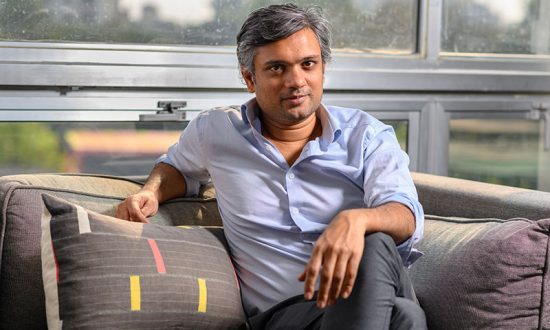Rohan Parikh has attained a BSc in Economics from Wharton Business School, an MBA from INSEAD, and has more than 10 years of experience in the Real Estate and Hospitality industries. In 2013 Mr. Parikh entered the field of education by founding The Green Acres Academy in Chembur, and simultaneously pursuing a Master’s degree in Education through Johns Hopkins University. His aim is to provide affordable yet holistic, and well-rounded education by adapting the latest research in teaching and learning techniques within the Indian context. What started as one campus of The Green Acres Academy in Chembur, Mumbai, has grown to a total of 3 campuses across Mumbai and Pune, as well as the latest Seven Rivers International School (an IGCSE affiliate school).
Education research shows that teachers are one of the most significant influences on student learning. For many of us (the lucky ones), this has held true during the COVID-19 pandemic too! We have seen teachers toiling away for hours, in order to be able to spend even more hours teaching their students (and our children), online.
If you had asked anyone that attended a physical school in February of 2020, if they could imagine schooling taking place online, you would certainly hear a resounding “no!” And yet, teachers around the world have surprised us all and surpassed all expectations by building their capacity overnight. School communities, leaders and teachers worked day and night to have their schools up and running as soon as they possibly could once we went under lockdown.
In fact, in the year gone by we have all heard incredible stories of resilience and persistence where the protagonists have inevitably been teachers going the extra mile for their students. We have heard stories of teachers using Whatsapp to send videos, homework and circulars. We have watched videos of teachers innovating in their homes to set up makeshift blackboards and resources. And against all odds, many of us have seen teachers show up every morning at 8 am prepared to teach our children.
We have seen teachers be quick to change and adapt to keep up with this pandemic – thereby showing us that they possess what the digital revolution really requires us all to do: continuously learn!
We have seen tremendous progress in the use of technology in school education, especially in areas with access to the internet, devices and electricity. However, this leapfrog has been a consequence of hardship and a lack of choice. Teachers were thrown into the deep end, with the responsibility of our youngest and brightest, without being prepared for the challenge!
Their flexibility and effort have revealed their ability to thrive in the face of challenge. But, it also revealed that teachers had not been prepared to effectively use technology in classrooms.
If we want to ensure that our students continue to learn, and especially those who have been disproportionately affected by this pandemic, we must invest in our teachers.
Teacher capacity building and training efforts must equip them to be relevant. Their training should help them be effective and up to date in their choice of pedagogy and content. It must focus on building teachers’ understanding and ability to meaningfully use technology to augment their classroom practice. Given the effects of COVID-19, it must also help teachers learn how they can leverage technology to help their students catch up on the learning they have lost.
In fact, just as we intend to prepare our students to learn how to learn so they can survive and thrive in the world of AI and VR, we too must focus on enabling teachers similarly. Because ultimately, as we have seen in this most unpredictable year, teachers (even those with the most limited means) provided predictability and stability for our youngest and brightest!




